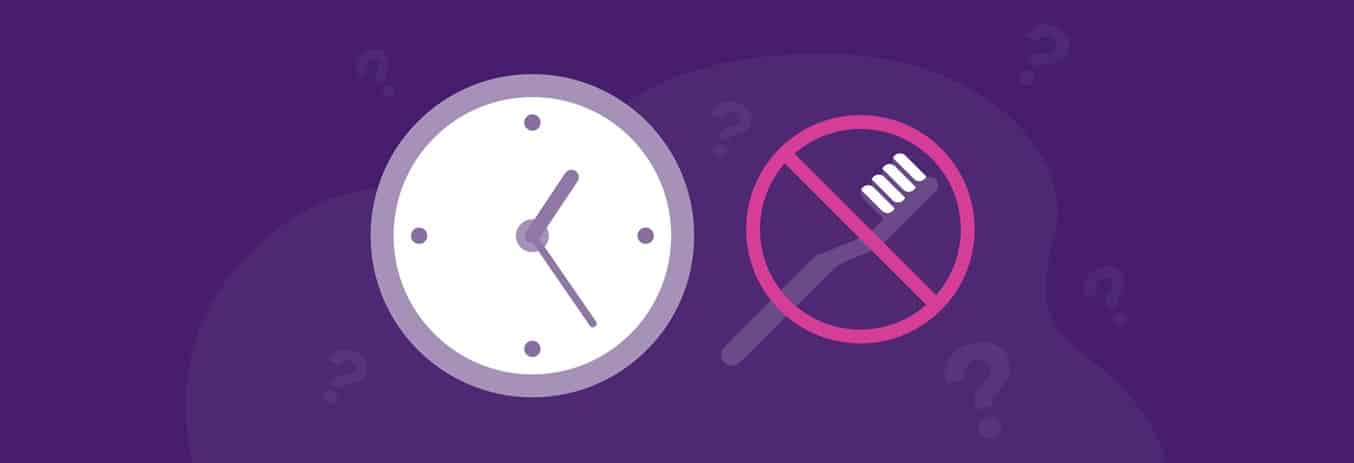Flossing Teeth Like a Pro: A Step-by-Step Guide

Like brushing your teeth, you probably don’t give too much thought to flossing, but it’s just as important to floss correctly as it is to brush correctly. If you’ve read our article on floss types, you know there are many to choose from for your oral hygiene regimen, but we wanted to provide an additional guide on how to floss properly using the most common type of dental floss: string floss.
What Does Flossing Do?
First, let’s address the main purpose of flossing, which is to remove food particles and plaque from between teeth where toothbrushes can’t reach.
How Effective Is Flossing?
It’s very effective! Studies show that flossing can remove up to 80% of plaque in between teeth, significantly reducing the chances of developing cavities and other oral issues.¹
How Often Should I Floss?
We recommend flossing once daily. Although you can floss at any time during the day, we suggest doing it at night before bedtime when you’ve likely finished eating for the day. Doing so also helps to lower the bacteria in your mouth that multiplies at night. However, as we also cover in our article about when not to brush , we don’t recommend flossing within 30 minutes of eating or drinking anything acidic (unless you have a significant piece of food stuck in your teeth). Acidic-based foods and beverages include tomatoes, strawberries, coffee, and apple juice. Lastly, although this article covers string floss, we urge everyone to also use a water flosser daily.
How Do I Floss Properly?
Remove an amount of floss from its holder that is approximately the length of your forearm. You could wrap each end around each index finger as many people do, but we suggest wrapping each end around each middle finger so you can use your index fingers and thumbs to maneuver the floss around your teeth.
Starting from the back of your upper or lower jawline, gently slide the floss between your teeth while curving into a c-shape as you move it snug against the side of the tooth taking it below the gum line. It’s important to not stop at the gum line and to continue to move the floss down until you can’t go down any further. Of course this should not be uncomfortable or painful, so if you’re experiencing pain don’t use as much pressure.
After cleaning in between a few teeth, discard the floss and retrieve another piece. Repeat until you’re finished.
Should I Floss Before or After I Brush My Teeth?
As we mention in our article about your home dental cleaning routine , you should typically floss before brushing your teeth. That’s because most people rinse with water after flossing, and it’s best to end the process by using Oracare or something fluoride-based (without rinsing) so those minerals stay on your teeth. However, if you floss after brushing and rinse with Oracare or a fluoride-based mouthwash, then it’s fine to do that.
How Do I Floss with Braces?
If you wear braces, there are several options for flossing, which we cover in detail in our article about types of floss . Some options include floss threaders (used in conjunction with string floss) as well as water flossers. When it comes to water flossers, there is an the ortho tip specifically designed or braces. To learn more on attachments, we have an article on water flosser tips.
What Happens if the Floss Breaks and Gets Stuck in My Teeth?
Although this is extremely rare, just use another piece of floss to push it out if it happens. However, we recommend changing to a different type of string floss if it occurs more than once. For example, you may want to try an unwaxed floss if you’ve been using a waxed one (and vice versa).
How Much Time Should I Spend Flossing?
You should spend around one to two minutes flossing.
Summary
Flossing is a simple task, but it does require a certain technique to ensure it’s performing as it should, and it does make a difference if you floss before or after brushing. With just a few tips and tricks, flossing goes a long way toward enjoying healthy teeth and gums and helping to maintain your overall health.
References
- Fleming, E., Nguyen, D., Woods, P. (2018, August). Prevalence of Daily Flossing Among Adults by Selected Risk Factors for Periodontal Disease — United States, 2009-2014. NIH.gov. Retrieved November 7, 2023, from https://www.ncbi.nlm.nih.gov/pmc/articles/PMC6434526/.




